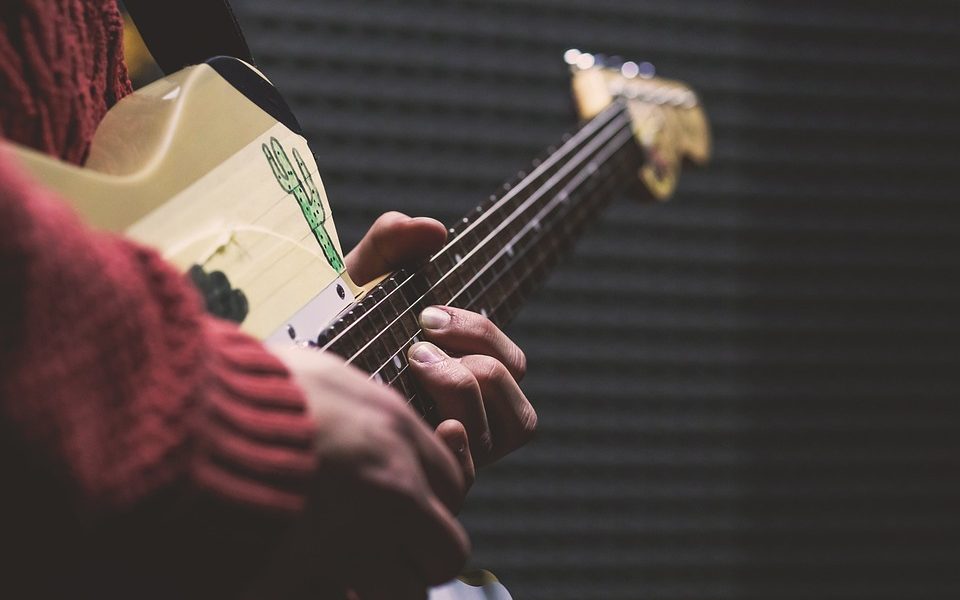A Beginner’s Guide to Guitar Maintenance: Keeping Your Instrument in Top Shape
Title: A Beginner’s Guide to Guitar Maintenance: Keeping Your Instrument in Top Shape
Introduction:
Whether you’re just starting out on your guitar-playing journey or you’ve been strumming for years, it’s crucial to keep your instrument in top shape. Proper maintenance not only ensures that your guitar plays and sounds its best, but it also extends its lifespan. In this beginner’s guide, we’ll cover the essential steps to maintaining your guitar and keeping it in peak condition.
1. Cleaning Your Guitar:
One of the most basic yet important aspects of guitar maintenance is keeping it clean. Regular cleaning helps prevent dust, dirt, and oils from building up on your instrument, which can affect its playability and appearance. Here’s how to properly clean your guitar:
– Use a soft, lint-free cloth to wipe down the body, neck, and strings after each playing session.
– For stubborn grime, use a damp cloth with a mild soap solution to gently clean the surface.
– Avoid using abrasive cleaners or cloths that could scratch the finish of your guitar.
– Don’t forget to clean the fretboard. Use a damp cloth to remove dirt and grime, and consider applying lemon oil or fretboard conditioner to keep it hydrated.
2. Changing Guitar Strings:
Regularly changing your guitar strings is essential for maintaining the tone and playability of your instrument. How often you should change your strings will depend on how frequently you play and the type of strings you use. Here’s a step-by-step guide to changing your guitar strings:
– Loosen the current strings by turning the tuning pegs counterclockwise.
– Remove the bridge pins or cut the strings near the bridge to release them.
– Clean the fretboard and body while the strings are off.
– Install the new strings by threading them through the bridge and tuning pegs.
– Tune the strings to pitch and stretch them to help them settle in.
3. Adjusting Guitar Action:
The action of a guitar refers to the height of the strings above the fretboard. Proper action ensures that your guitar plays comfortably and sounds its best. If you notice buzzing, high string resistance, or intonation issues, it may be time to adjust your guitar’s action. Here’s how you can adjust the action of your guitar:
– Measure the height of the strings at the 12th fret with a ruler or feeler gauge.
– If the action is too high, loosen the truss rod (located inside the neck) to lower the strings.
– If the action is too low, tighten the truss rod to raise the strings.
– Make small adjustments and check the playability and tone of your guitar.
4. Maintaining Guitar Hardware:
In addition to cleaning and changing strings, it’s important to regularly inspect and care for your guitar’s hardware. Hardware such as tuning pegs, bridge, and pickups can wear out over time and affect the performance of your instrument. Here are some tips for maintaining your guitar hardware:
– Check the tuning stability of your guitar by ensuring that the tuning pegs are tight and functioning properly.
– Lubricate the nut and bridge saddles with graphite or lubricant to reduce string friction.
– Clean and adjust the pickups to ensure that they are picking up sound accurately.
– Check the condition of the strap buttons, input jack, and other hardware for loose screws or damage.
5. Storing Your Guitar:
Proper storage is crucial for keeping your guitar in top shape, especially if you’re not playing it regularly. Here are some tips for storing your guitar:
– Keep your guitar in a stable environment with consistent temperature and humidity levels to prevent warping or cracking.
– Store your guitar in a case or gig bag to protect it from dust, dings, and scratches.
– Avoid leaning your guitar against walls or furniture, as it can cause damage to the finish or neck.
– Consider using a guitar stand or wall hanger to keep your instrument accessible and safe.
Conclusion:
Maintaining your guitar doesn’t have to be a daunting task. By following these simple tips and incorporating regular maintenance into your playing routine, you can ensure that your instrument stays in top shape for years to come. Remember that a well-maintained guitar not only sounds better but also inspires you to keep playing and improving your skills. Keep strumming and enjoy the journey of guitar ownership!






